An enzyme test that helps check liver bile flow and bone activity.
Securely stored in EU
Cancel anytime
Test 100+ biomarkers
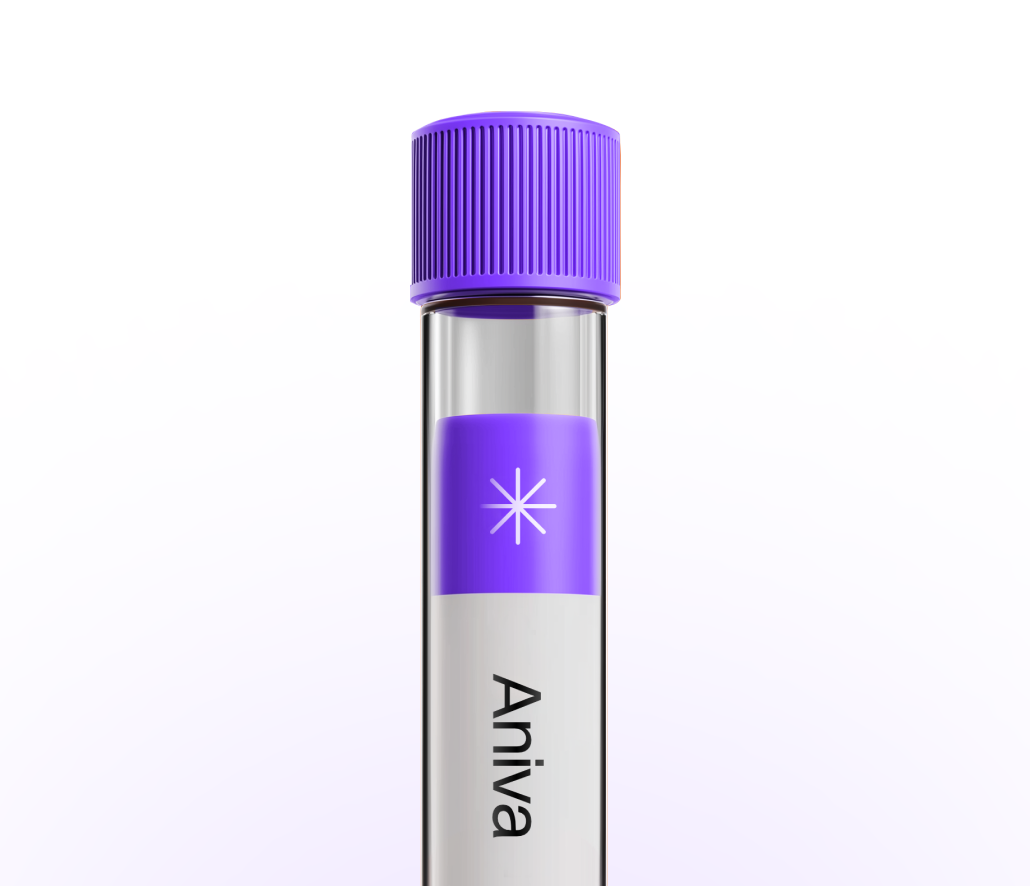
Less than 5 minutes waiting time. One
simple test at one of our 20+ locations.
Get your lab reports within one week.
Accessible on our app and per PDF.
All your health records stored
in a single, convenient place.

Clinicians use ALP to look for problems with bile flow in the liver and to evaluate bone disorders. It helps explain symptoms like jaundice, itching, right‑upper belly pain, or bone pain, and it is part of many liver panels. Results can guide next steps, such as GGT, ALP isoenzymes, vitamin D testing, or imaging. You can test this marker with Aniva across Germany and Finland.
Clinicians use ALP to look for problems with bile flow in the liver and to evaluate bone disorders. It helps explain symptoms like jaundice, itching, right‑upper belly pain, or bone pain, and it is part of many liver panels. Results can guide next steps, such as GGT, ALP isoenzymes, vitamin D testing, or imaging. You can test this marker with Aniva across Germany and Finland.
High: Often signals reduced bile flow or bile duct irritation, or increased bone turnover from growth, healing fractures, or conditions like Paget’s. Levels also rise in pregnancy and adolescence, and some medicines can raise ALP.
Low: Uncommon; may be seen with malnutrition, zinc or magnesium deficiency, hypothyroidism, or rare genetic hypophosphatasia. Checking trends and pairing ALP with GGT or 5'-nucleotidase (for liver) or bone markers (for skeletal causes) gives clearer answers.
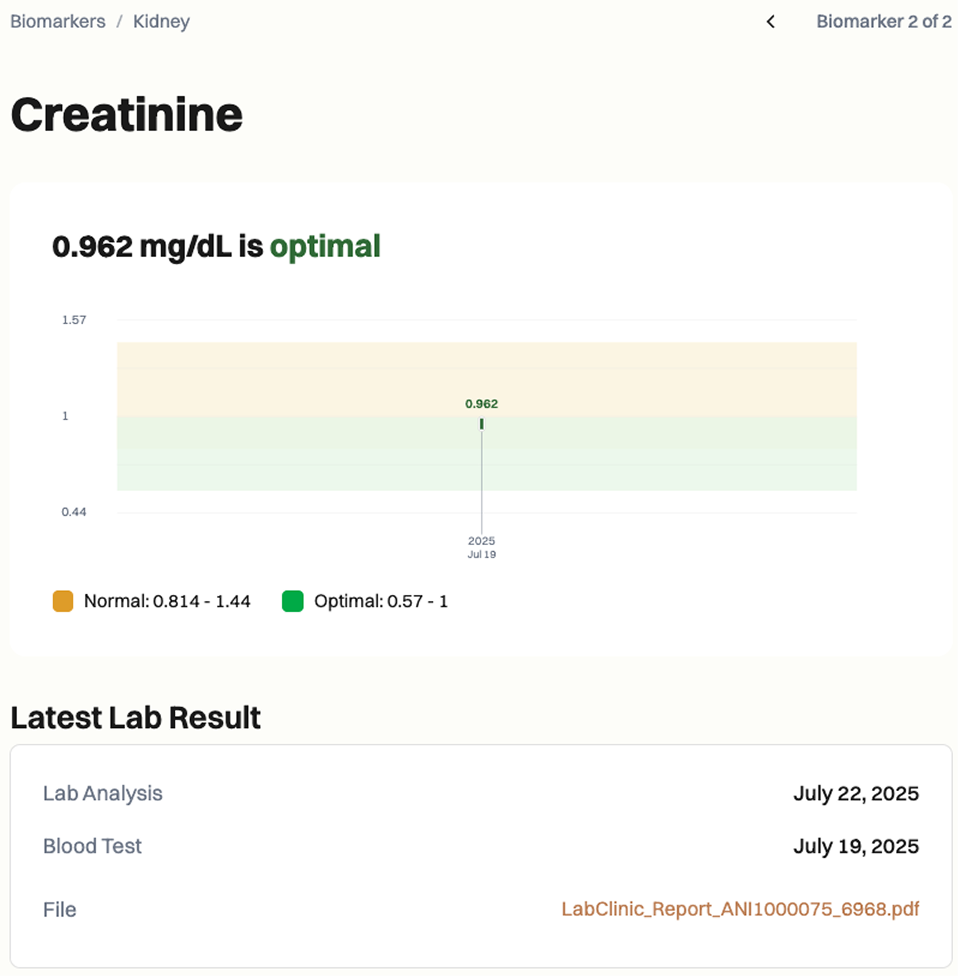
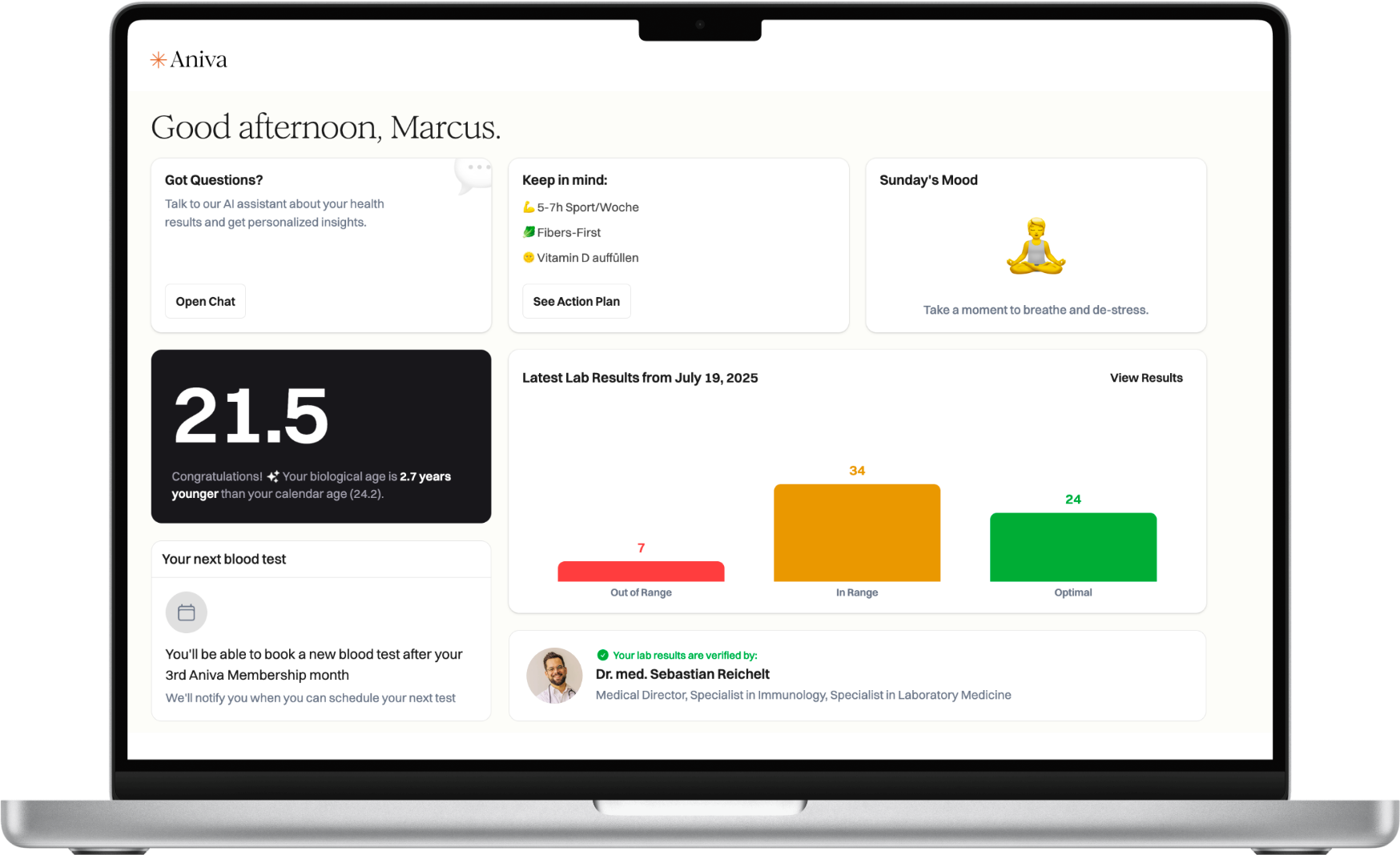
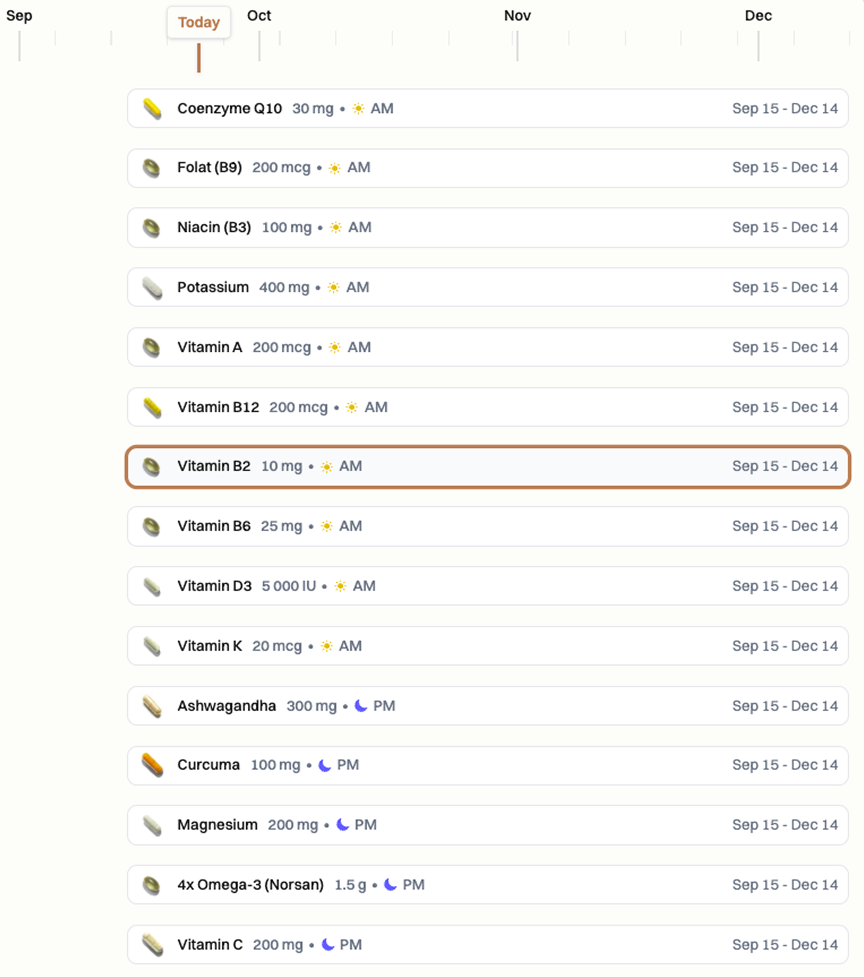
Common factors that can shift ALP include pregnancy, growth in children and teens, recent fractures, or heavy exercise. A large or very fatty meal may cause a small rise in some people. Alcohol use and certain medicines (such as anticonvulsants, antibiotics, or hormones) can change results. Acute illness or infection can raise it; dehydration may modestly concentrate values.
Special situations (when to confirm or adjust): pregnancy, childhood and adolescence, known bone disease, or unexpected results — consider repeat testing and source-specific follow-up (GGT, 5'-nucleotidase, or ALP isoenzymes).
What does an ALP result mean? It shows activity from the liver and bones. High or low results need context from other tests to find the source.
Do I need to fast for this test? No. Fasting is not required for an ALP blood test.
What can affect my ALP level? Pregnancy, growth in teens, recent fractures, heavy exercise, alcohol, and some medicines can change results. A very fatty meal may cause a small rise.
How often should I test ALP? Test as your clinician advises, such as when symptoms appear, to monitor a condition, or to track a medicine’s effects.
How quickly are results ready? Most labs report ALP within 1-2 business days.
What should I discuss with my clinician if ALP is high? Share symptoms, medicines, alcohol use, and pregnancy status. Ask whether follow-up tests like GGT or ALP isoenzymes are needed.

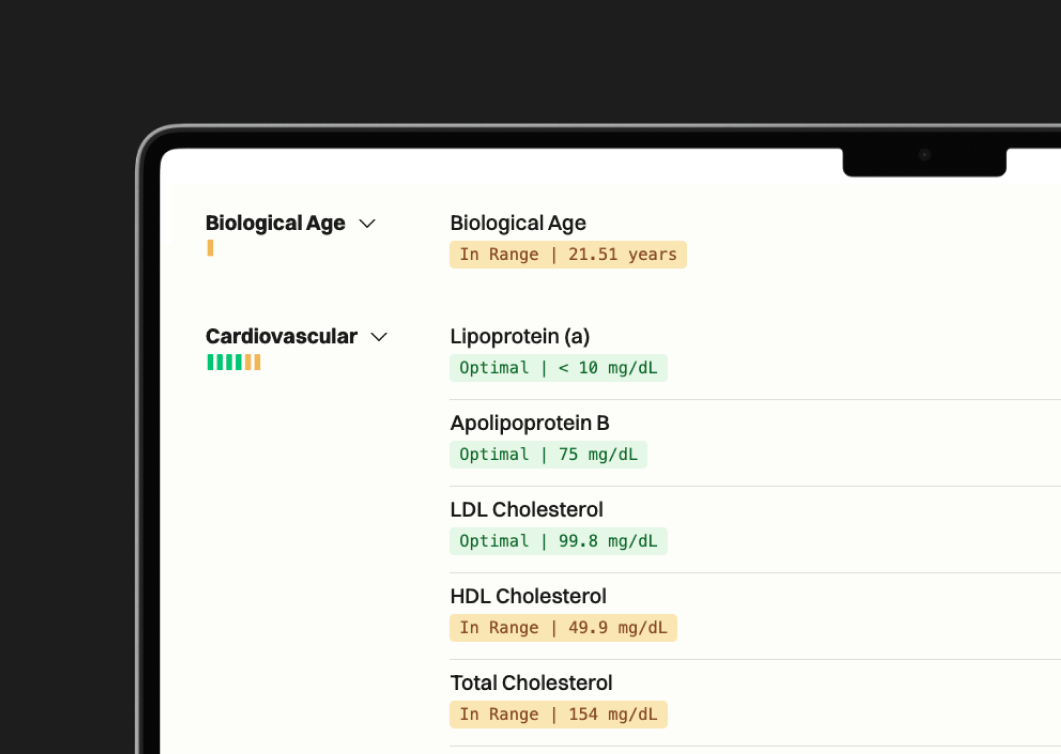

One annual blood test (100+ biomarkers)
Clinician-reviewed insights
Personalized action plan
Access to our AI Concierge
Access to curated products


63%
44%
70%